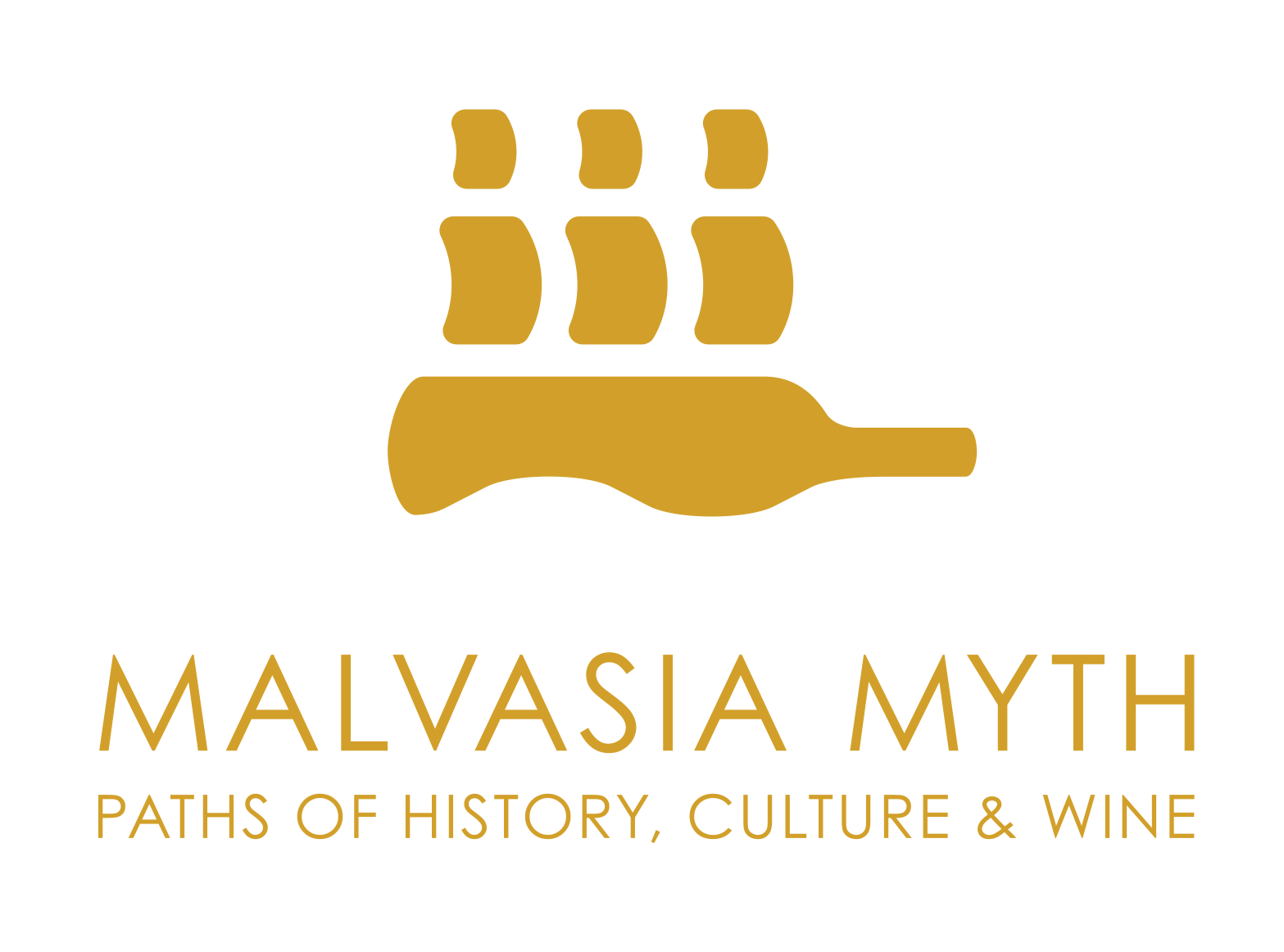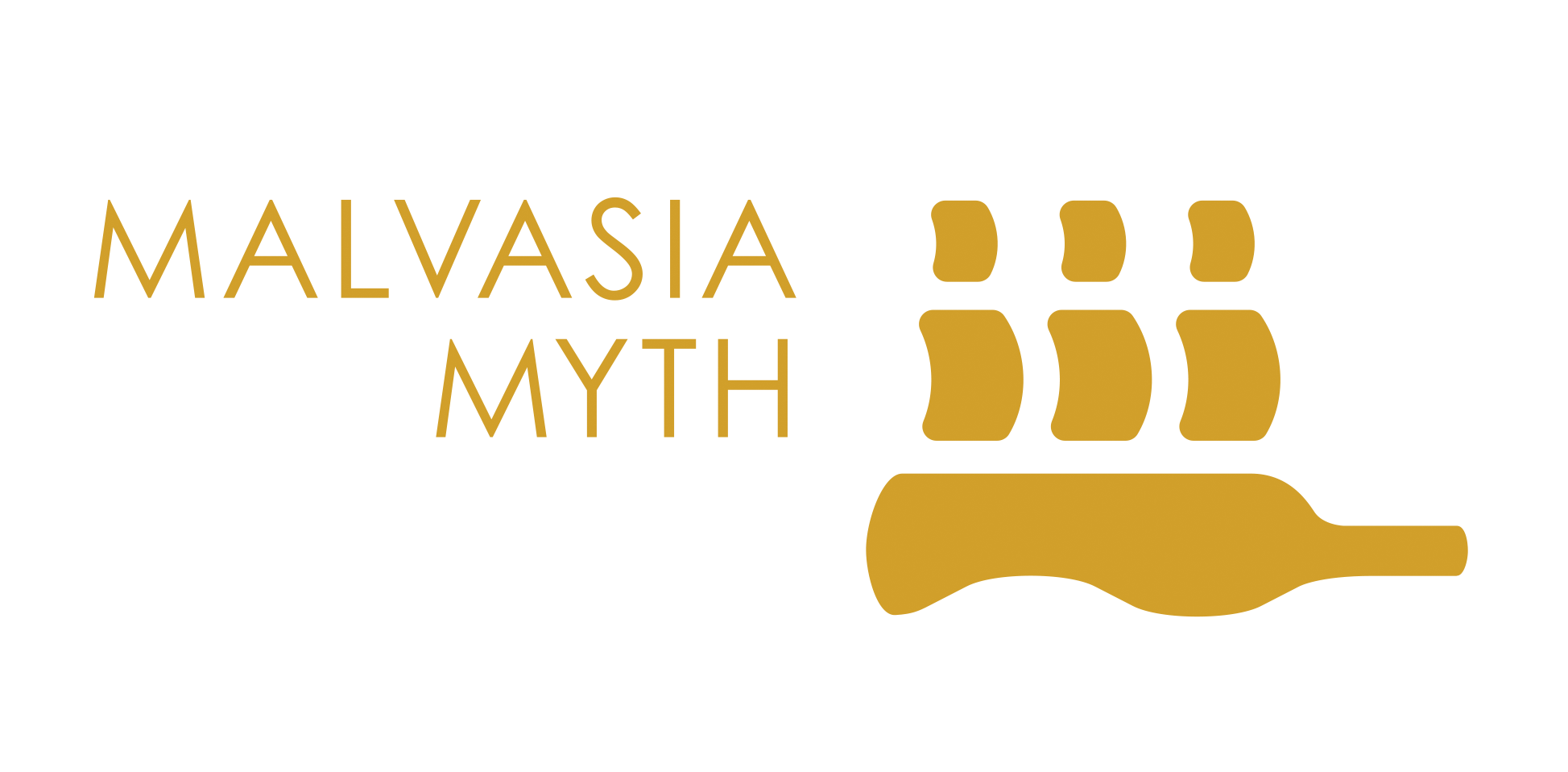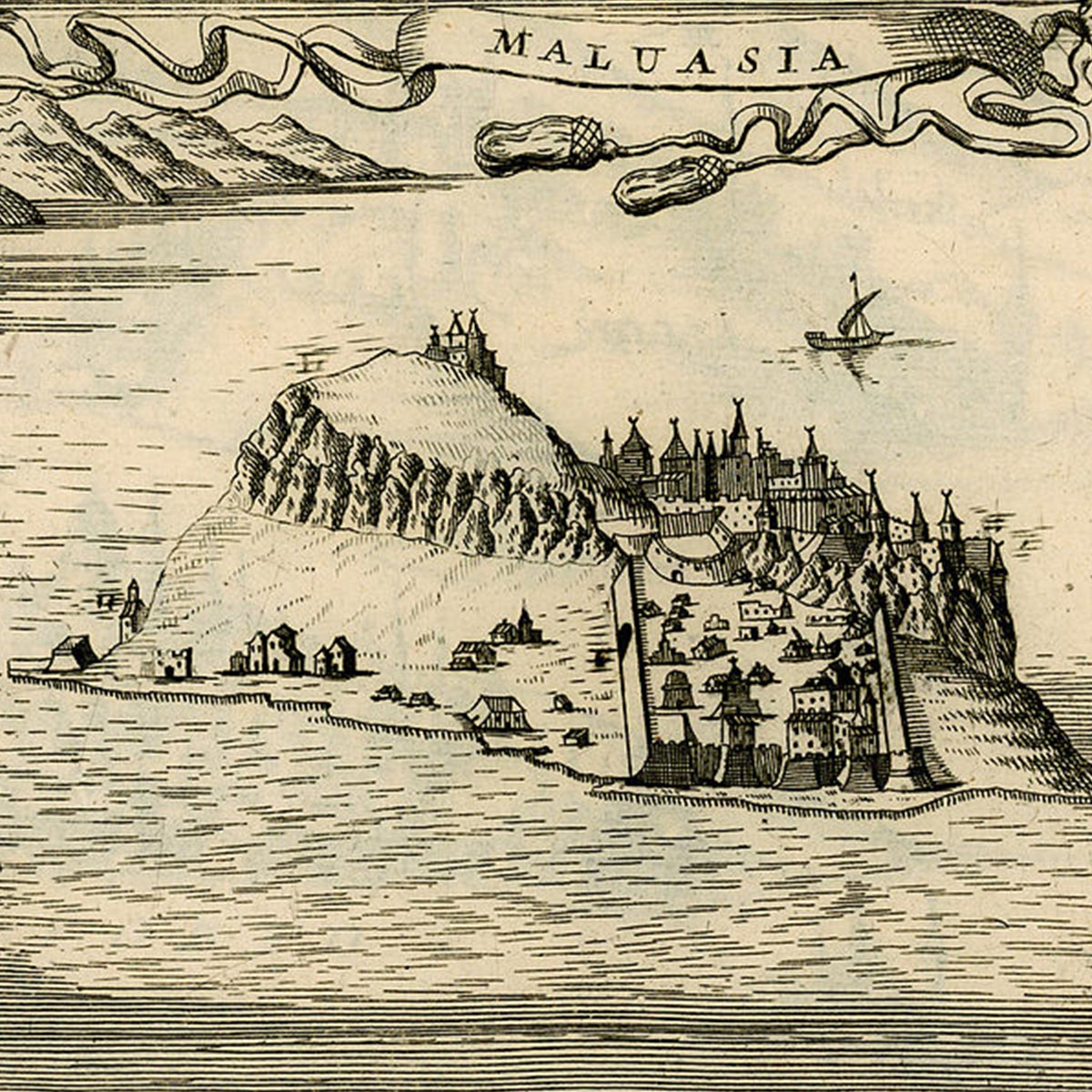The trade
Malvasia wine dominated the wine trade for six centuries, until the 17th century, mainly in Venice, as "malvasia sundried" wine. In the 14th century it was exported in large quantities from Monemvasia via the islands of Paros/Cyclades and Crete (Candia). French merchants sold it as "Malvoisie" and in England it was known as “Malmsey”. In 1514 the Venetian administration granted permission to 20 shopkeepers to open shops in the city to exclusively sell Malvasia wine. Throughout the Middle Ages, Malvasia wine became so ubiquitous among Venetian merchants that they named their wine stores “Malvasie”. The name "Malvasia", which is still carried today by numerous streets, bridges and alleys in the districts of Venice, proves that there were shops (bottega) where imported malvasia wine was sold. In the 16th century, during the Turkish occupation, the vineyards of Monemvasia were abandoned, resulting in cessation of production. Meanwhile, Venetian merchants transported cuttings to replant Malvasia vines in other regions. The spread of cultivation led to the production of many new and different Malvasia wines in many countries, mainly in Italy, Croatia, Slovenia, Spain, Portugal and Greece. Today, the cultivation of Malvasia grapes of different types and production of Malvasia wine is spread even more, in countries like USA (California, Arizona, New Mexico), Argentina, Brazil and Australia. In Greece, the revival of Malvasia began in Monemvasia from the beginning of the 21st century and today 4 PDO Malvasia wines are produced in Monemvasia, Paros and Crete. All these regions have a story to tell about Malvasia wine, the growing traditions and the legends that accompany it.
The myth
The journey through history of this legendary wine is full of mystery and charm, assumptions and proofs, research, tradition, experiences and taste.
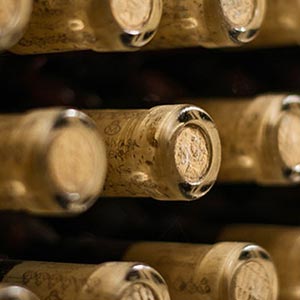
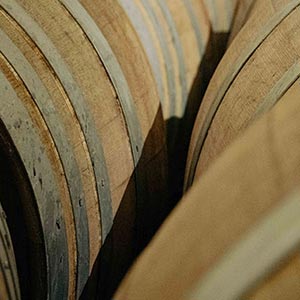
The power of the ancient appellation Malvasia may well be considered as the first example of international wine marketing.
William Shakespeare had written in the work of “Richard III” the monumental phrase of the Duke of Clarence about how he was killed: “Drown me in a barrel of Malvasia wine!” (George Plantagenet, Duke of Clarence, in Shakespeare’s Richard III, 1592).
Leonardo da Vinci had his own small Malvasia vineyard of about 16 rows in Milan. It was granted to Leonardo by the Duke Ludovico Maria ‘Il Moro’ Sforza in 1498, as a reward for the painting “Last Supper” that Leonardo painted in the refectory of Santa Maria delle Grazie. The vineyard La vigna di Leonardo has been recently revived and is accessible, next to the museum. In 2018, “Leonardo’s wine” of today was produced by Malvasia di Candia Aromatica grapes.
According to the great lady of the Greek wine Mrs. Stavroula Kourakou, former President of the OIV – International Organization of Vine and Wine:
“The dominance of the Greek wine Monemvasia – Malvasia in the foreign markets of the East and the West lasted for five whole centuries: it started to be produced before the 13th century in the Byzantine Monemvasia”.
“No other wine gained so much fame during the Middle Ages and the Renaissance and no wine name from then until today has such an interesting history”.
Bibliography
Kalligas, Haris, A., Monemvasia. A Byzantine city state. London-NY: Routledge, 2010.
Kourakou, Stavroula, Malvasia. The renowned wine yesterday and today. Athens: Foinikas, 2020.
